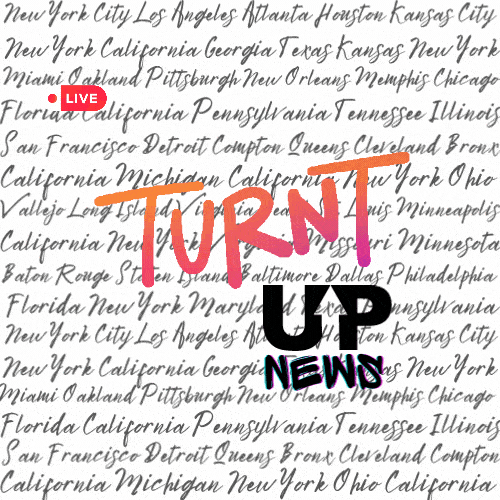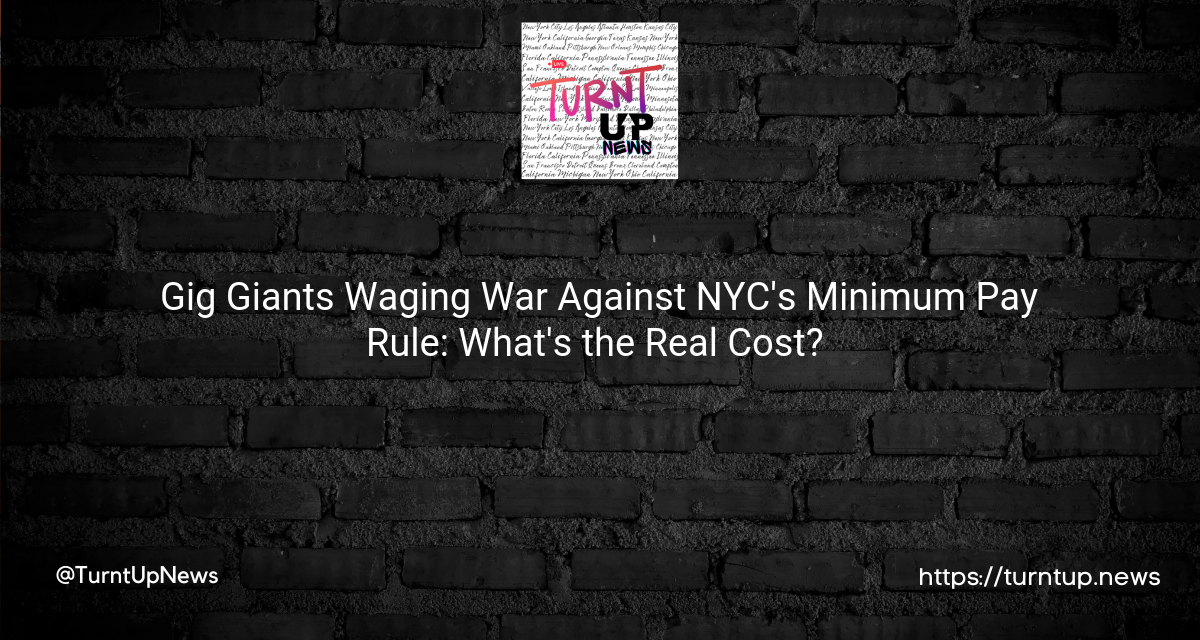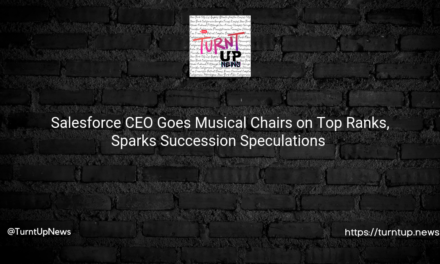😲🍔 Gig Giants Waging War Against NYC’s Minimum Pay Rule: What’s the Real Cost? 💸💔
TL;DR; 📝: Three mega food-delivery titans, Uber, DoorDash, and Grubhub, along with a smaller, homegrown player Relay, are knocking at the court’s door, trying to slam the brakes on New York City’s new minimum wage rule. They claim the city used wonky data to figure out the wages, and they might have to slap customers with higher prices to cover costs. Meanwhile, delivery workers are eyeing a rise from around $11 to $18 per hour now and up to $20 by 2025. 🚀💰
🏙️🚲 In the concrete jungle of New York City, a high-stakes battle has erupted, painting the town red with controversy. But, let’s take a step back and ponder for a moment. Are these corporations genuinely worried about your next sushi order costing a couple of bucks more, or are they more concerned about their bottom line? 🤔💭
The new law, expected to drop on July 12, plans to ramp up the pay for delivery workers to about $18 per hour. Can we just take a moment to appreciate how that’s a solid leap from the current average of $11 per hour? 📈💵 But wait, there’s more! By 2025, this figure is predicted to touch the sweet spot of $20 per hour. Who wouldn’t love that raise, right? 🎉🤑
However, in the gig economy’s cut-throat world, these wage hikes aren’t served on a silver platter. The delivery behemoths argue they’ll be forced to pass the buck onto us, the consumers, by inflating prices. They believe the city’s math homework might have been done on a napkin at a bar, potentially endangering local restaurants who are just getting back on their feet after the recent apocalypse we call a pandemic. 🥺🍽️
Another twist in this juicy saga is the argument that the new system could actually end up backfiring on the very deliverers it aims to benefit. The companies claim they’ll need to keep a hawk’s eye on how much time the delivery workers spend on the apps without actually doing deliveries to keep costs in check. Could this mean less freedom and more surveillance for the delivery folks? 🧐🕵️♂️
But, seriously folks, let’s be real. We’ve all binged on late-night pizza while watching our favorite shows without giving a second thought to the person braving the rain or snow to deliver our cravings right to our doorstep. Could this be a wake-up call for us to appreciate the workforce that fuels our lazy Sunday afternoons and late-night munchies? 🍕🌙
In the end, it seems like this war is far from over. With the city’s bustling food culture and the gig economy’s growth, it’s only a matter of time before we see how this clash of titans ends. And let’s not forget, the stakes are high, not just for the companies and the city, but for the delivery workers who are at the heart of this saga.
But we’ve got a question for you, our woke readers, should these companies bear the brunt of the increased wages, or is it justified for them to pass on the costs to us, the consumers? And ultimately, who really pays the price for convenience? 🤷♀️🔥
Disclaimer: This article is for information purposes only and does not constitute investment, financial, legal, or health advice. Always do your own research and consult with a professional before making any decisions.





